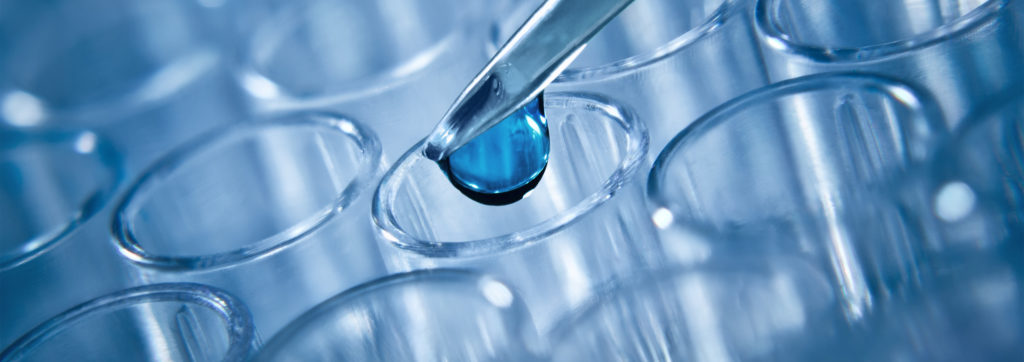
Krytox® forms building blocks for research project at Aachen University.
The interdisciplinary team from the fields of biology, biotechnology, computer science, physics and industrial engineering is participating in the international iGEM competition.
The iGEM Foundation is an international, independent, non-profit organisation dedicated to the advancement of synthetic biology, and each year thousands of students in hundreds of teams from around the world participate in the competition of the same name.
The M.A.R.S. project by the researchers from Aachen deals with the regeneration of cofactors for optimising enzymatic reactions.
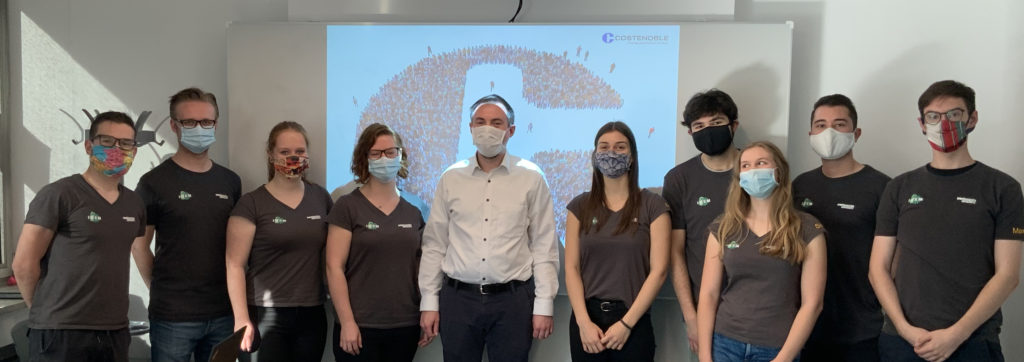
Enzymes as a motor for chemical processes
Enzymes catalyse and accelerate the manufacturing process of certain products: using them means less energy needs to be invested in a chemical reaction. However, enzymes themselves rely on certain energy suppliers, also known as cofactors.
Cofactors: The fuel behind enzymatic processes
One important cofactor is the so-called adenosine triphosphate (ATP), which delivers the impulse required for the enzymatic transformation reactions inside the cell. The ATP ‘breaks down’ during this process and turns into ADP (adenosine diphosphate) and a free phosphate. The transformation from ADP back to ATP takes place in living organisms with the help of cellular respiration, an incredibly complex process that cannot be replicated artificially, which is why the ATP has to be regenerated in a different way for industrial use.
Current methods are onerous and expensive
The methods currently used to initiate and maintain enzymatic processes/regeneration of ATP to maintain enzymatic processes use up lots of resources and are harmful to the environment. The Aachen research project is focused on this problem. The aim is to develop a bioreactor capable of cyclically regenerating ATP.
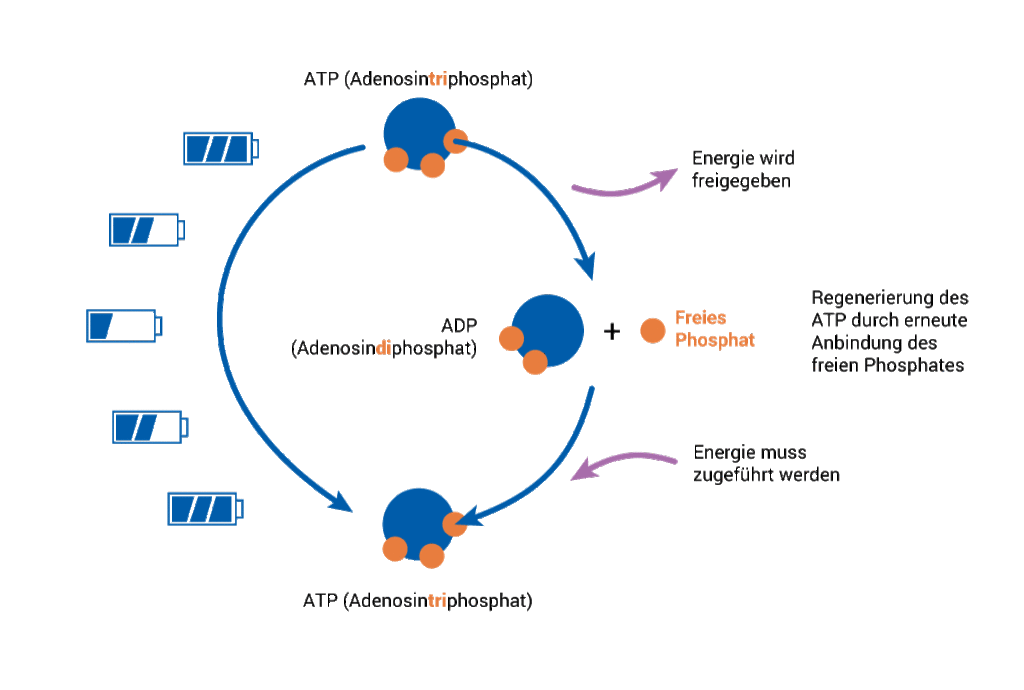
Charging the energy source
The conversion back to the energy source ATP is achieved by once again tying up to monophosphate molecule released in the ‘breakdown process’. Liposomes measuring between 100 and 1000 nanometres are used to initiate this reaction. These liposomes are the smallest particles composed of individual lipids.
Lipids as the body’s basic building blocks
Lipids are the fats that take on a great deal of key functions in the body. They are highly concentrated energy reservoirs and signal carriers, as well as endogenous structure components that fulfil important functions in the body.
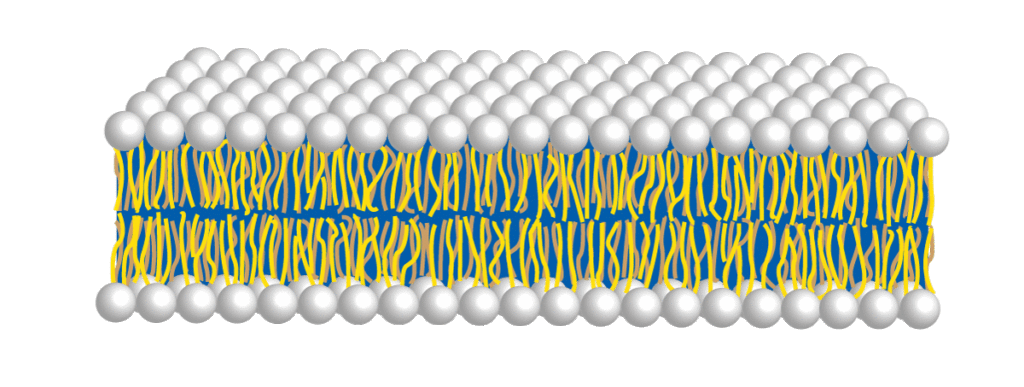
Polar lipids form double membranes
Along with simple lipids like fatty acids, there are also more complex, membrane-forming lipids. These membranes consist of a polar head group and a non-polar hydrocarbon end. The ends of the membranes gather together and form double membranes through hydrophobic interaction. This double membrane in biological systems essentially consists of phospholipids.
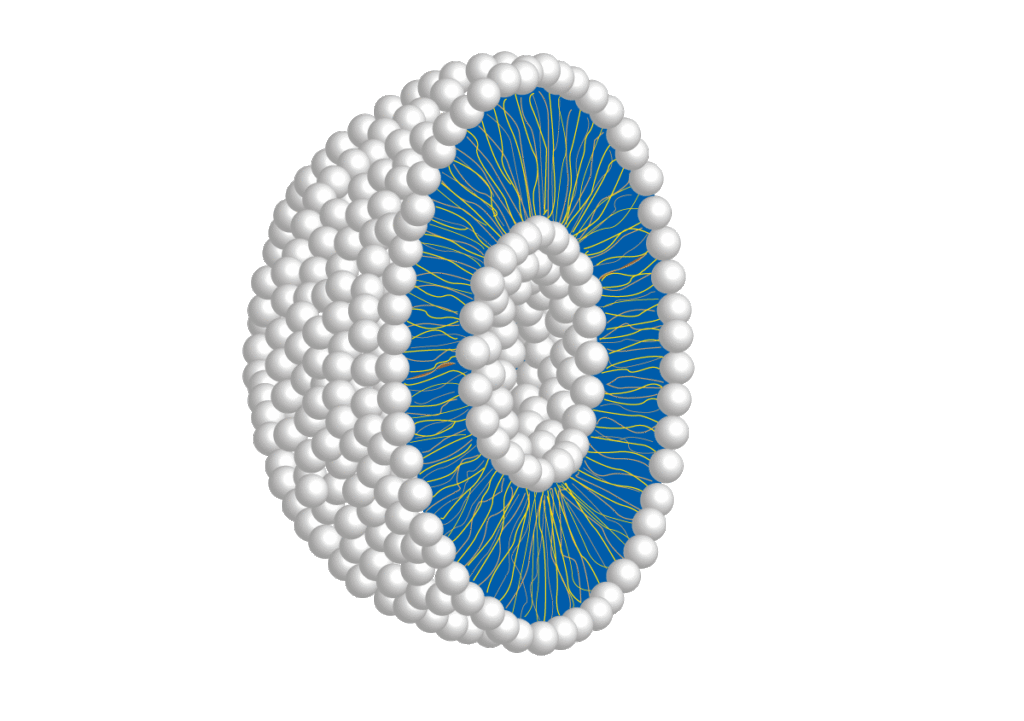
Liposomes as a Trojan horse
When several of these double membranes join together they form complex structures. Some lipids form wedge-shaped ends. These in turn form closed, spherical shapes called liposomes that enclose liquids inside them. This means that a liquid agent can be transported in a closed medium that the body will not recognise as foreign matter.
Diverse applications of liposomes
These liposomes are used in lots of chemical processes. In medicine they are used directly for drug delivery, that is as carrier material to administrate active ingredients. In the Aachen researchers’ M.A.R.S. project, meanwhile, they create the conditions necessary for the process of transforming ADP back into the energy supplier ATP.
Krytox® forms liposomes
The required GUV (giant unilamellar vesicles) liposomes are manufactured in a chemical solution that is a mixture of water and oil, where the Krytox and its functional end group serve as an amphiphile, surface-active substance.
The aim is to optimise chemical processes
Current research is focused on solving one of the biggest problems in the industrial use of enzymatic production processes: The enzymes’ limited durability in the so-called stationary phase of the batch culture. Only in this phase are there sufficient active enzymes to maintain the desired chemical processes that can produce a high quality and quantity of products.
Upscaling: From the test phase to the production phase
The M.A.R.S. project also aims to solve another problem in the industrial use of enzymes. Enzymatic processes have a natural quantitative limitation, and for this reason the quantities used cannot be scaled as desired from the test phase to the production phase. More stable enzymes are capable of significantly improving so-called ‘upscaling’ and providing companies with tangible economic benefits.
From the theory to the practice
The new, optimised enzymatic processes can significantly improve existing applications including the production of medicines such as special antibiotics to treat tuberculosis or the production of fertilisers. They can also have a positive effect on the synthetic production of vanillin or the production of mass chemicals like alkanes or aliphatic alcohols.
Learn more about the functional fluid Krytox® PFPE CA-6
More information on this topic:
You don’t want to miss anything? Please visit our news-section or subscribe to our newsletter.

